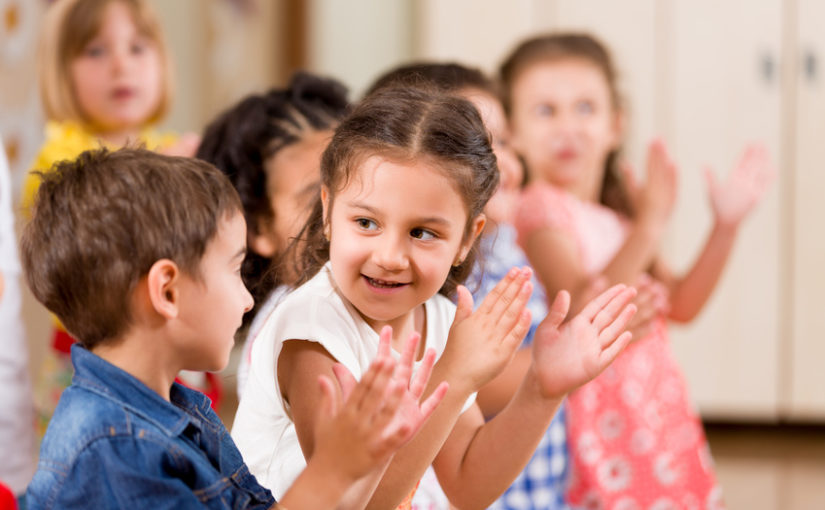Between 1990 and 2013, the percentage of three- to five-year-olds enrolled in U.S. preprimary programs increased from 59% to 65%. Parents who want to ensure a high quality education for their children will often opt to enroll their little ones in academic or play-based preschool programs. As you start to delve into your research, you may realize that there are several different preschool philosophies to choose from. These methods are used by preschool teachers all across the nation — and while all of them have their distinct benefits, not every one will be the right fit for your family. Let’s take a closer look at some of the types of preschool program philosophies you’ll likely come across during this process.
Montessori
This type of preschool program gets its name from Maria Montessori, an Italian physician and educator, who founded this movement in the early 1900s. The main idea is that each child is an individual learner and that their personality is developed through sensory learning and hands-on activities. However, these activities are generally more work-based than play-based. Montessori preschool teachers gently encourage students to take care of their needs and belongings, as well as to reduce errors, improve concentration, and support each others’ learning endeavors.
Play-Way
The play-way method puts an emphasis on learning through playing. Preschools that adopt this philosophy believe in the importance of activities such as role playing, singing and music, free play, virtual games, group story time, and other hands-on activities. The focus here is on the needs of the students and how the activities performed can address those needs with no pressure. There are some play-based preschools that combine this philosophy with others for a more balanced curriculum.
Waldorf
This teaching method, which first was developed in Germany during the early 20th century, focuses on growth through imagination. Reading and writing are not introduced until later on, as this philosophy emphasizes oral education and creativity. There’s also an emphasis on consistent routines, familiarity, and long-term bonds between teachers and students. Preschool activities in these environments may include play-acting, story-telling, nature walks, singing, playing games, making toys, and even cooking. This philosophy aims to help students develop emotionally, physically, and intellectually.
Reggio Emilia
Like the other Italian teaching method we previously mentioned, the Reggio Emilia method believes in allowing students to take a leading role in their own learning and teaching students through activities. However, the underlying approach of Reggio Emilia is that this way of learning allows children to make their own place in society by forming relationships, prioritizing communication, and promoting spontaneous curiosity about the world. The preschool classroom has the material to jumpstart the learning process, but children are guided to create projects that speak to them. These schools give high priority to creative endeavors such as music, dance, art, and writing, and their projects are well-documented to allow both teachers and parents to review the students’ progress.
High/Scope
The High/Scope method is one of the newer preschool philosophies, as it was developed in the U.S. during the 1970s. These programs are academic-based, rather than focusing on social or emotional development. Active participatory learning is the main focus here, which allows students to learn collaboratively and make independent choices about their experiences. There are consistent routines and planned activities in subjects like reading, science, and math, but there are also creative activities like storytelling and singing. Often, these programs are recommended for at-risk children and those who need one-on-one attention.
Bank Street
Bank Street method preschools focus on child development through hands-on activities that allow students to experience and solve problems (such as puzzles, building blocks, and clay). These kinds of programs regard students as active learners who also participate in social science lessons, cultural lessons, science lessons, and imagination-based play. Preschool teachers guide the students, who may work either alone or in groups; the students themselves set the pace for learning.
These are by no means the only types of preschools you may find during your search. In fact, many preschool teachers and facilities embrace a combination of these philosophies in order to reach all different learning styles. To find out more about our curriculum or to schedule a tour of our facility, contact us today.



